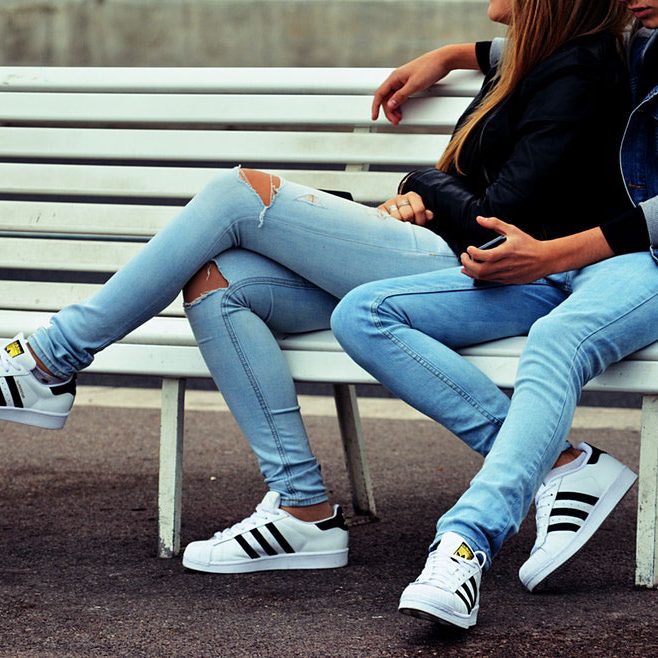
10 Jun Why Millenials are interested in Luxury Goods
You might remember back in the 90’s, it would be the latest fashion to have your idol or celebrity crush plastered up on your wall. Maybe it was Brittney Spears, or maybe you were more of an Oasis fan. Whatever your taste in music, ask yourself this…When was the last time you noticed a poster on a teenagers wall? Maybe you don’t know any teenagers, so you might be out of the loop a little. Let me get you up to date…They don’t. Things have moved a long way, and with the rise in technology and millenials being a lot more savvy on social platforms, they’re no longer interested in having their latest crush on the wall.
It only takes a brief look on Instagram to find out what the latest trends are, and unfortunately for some, pedal pushers, knee high socks, and baby-G watches are no longer in the picture – They’ve been well and truly left in the 90’s.
Millennials now are more interested in competing against who has the best phone, iPad or latest pair of trainers, all in the hopes of getting the most likes on Instagram. Of course, we’re not speaking for the whole of today’s younger generation, but it would most certainly be a fair assumption to say that things have drastically changed.
While we all idolised and had crushes on different celebrities back in the 90s, there was no such thing as “influencer marketing” back then.
If you’re not sure what a social influencer is, it’s when someone who has a large following gets paid to endorse products. It’s then likely that their followers will then head over and buy the product/item. Remember when you’d see your idol or celebrity crush wear something, you’d immediately want to wear it too!
The brands who can afford to pay influencers are generally those brands with a higher and wealthier budget. We’re constantly seeing influencers wearing the latest gadgets, the latest clothing and the more expensive designer gear. “Child psychologist Allen Kanner told Racked that when fans see celebrities who come from modest backgrounds wearing Gucci, they think the brand will help them transcend personal circumstances and feel successful too. They think: “If I could have this product that’s associated with all of this success, then I’m going to be able to join this world”.
This is advertising at its finest. It’s right in front of our faces, and as such a new form of advertising, audiences aren’t as aware that they’re being sold to. We’re being led to believe that ‘this is what everyone is doing’ and nobody wants to miss out. “A survey conducted by Outnet.com shows that on social media, personal growth, a sense of belonging and experiences are the key drivers of joy”. We believe that this plays a huge part in why there has been a massive surge in teenagers and millennials being more attracted to spending more on designer clothing.
What you should understand when marketing to a ‘younger’ audience
It’s great to have a demographic in mind when creating your marketing strategy, but you really do need to know more than just the age of the person you’re targeting. Although we can assume that most of the millennial generation are interested in Instagram and influencers, it’s not the case for everyone.
Rather than boxing your audience up into a ‘younger’ audience, you should ask yourself the following questions to paint a better picture of your potential buyer…
- What’s important to them?
- What emotions motivate them (fear, anger, etc.)?
- What problem do they have that needs solving?
- What are their pain points?
- What are their needs?
- What do they care about?
- Where do they spend their time?
- What type of content do they enjoy?
- What type of media do they follow?
- What type of personality do they have (introverted or extroverted)?
- How brand loyal are they?
- How much are they willing to spend?
These questions will help you to figure out your target audience a little better, rather than just knowing how old they are. There’s a reason that brands like Balenciaga are becoming the fastest growing brands, which according to Reuters, the significant revenue growth has been driven by millennial shoppers and male shoppers… that’s not just luck.

